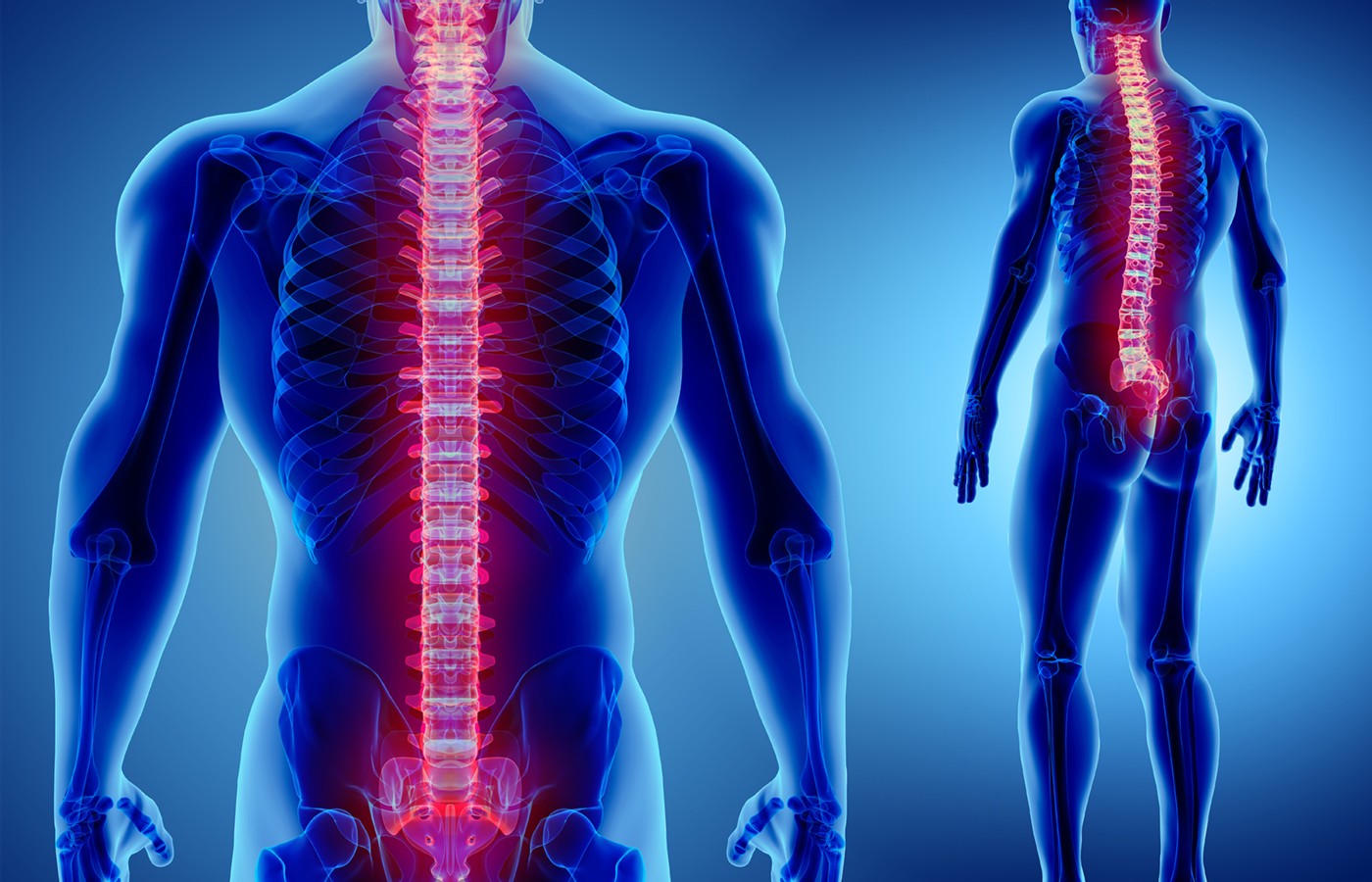Whether you accept it, avoid it or live somewhere in between, insurance coverage has become a defining issue for our profession. Patients increasingly expect to use their benefits, practitioners want to be compensated fairly for their time and expertise, and the system itself remains – at best – fragmented. The encouraging news is that coverage has expanded in meaningful ways. The challenging news is that reimbursement, across the board, remains inadequate.
Spirits of the Points: The Governor (Du) Vessel (Pt. 2)
Editor’s Note: In the January 2020 issue, Neil discussed the governor vessel and some of its commonly used points: GV 1, 4, 8, 12, 14, 19, and 20. Part 2 focuses on GV 3, 5, 13, 16, 18, 21, and 24.5.
The governor vessel is likened to a huge reservoir or sea of energy, and strongly affects all 12 meridians. Points on this vessel may be conjoined with treatment of any element or meridian.
GV 3: Loins Yang Border
Similar to GV 2, Loins Correspondence, this point is useful for intestinal problems, weakness and pain in the lumbar area. “Yang” refers to warmth, forward movement and activity. Thus, the point helps us move when we have become stiff, cold or stagnant in the lumbar area.
It can also be used to free up movement of the mind, resolve stagnancy, and provide strength for the spirit: when we have lost impulse and willpower, or are unable to get started – to move beyond existing borders and perceived limitations, or to get our “gut” behind our endeavors.
It brings warmth to the lower jiao and is useful for such physical conditions as menstrual disorders, impotence and infertility.
GV 5: Suspended Pivot
A “pivot” is a point around which things turn. It also implies a complete change in the way one does something. Among the meanings of “suspended” is “hanging from above.”
In the martial art of t’ai chi ch’uan, there is an image taught in which the practitioner imagines him/herself being gently suspended by a string from the heavens, connected to the very top of the head. This keeps the body upright and straight, but relaxed and able to freely move and turn in any direction.
GV 5 brings such articulation and ease of movement to the patient who is tight and inflexible at any level, including the lower spine. It is also used for the patient who needs a pivot in their lives – a change of orientation or behavior, or a freeing of old habits that are ingrained and resistant to change.
GV 13: Kiln Path
A “kiln” is an oven heated to temperatures that dry and solidify clay, turning it into pottery. Just as the kiln completes the process (or “path”) of creating the finished piece, the attainments of joy, love and oneness are manifestations of completeness for human beings.
Our path, however far we have strayed, inevitably leads to this state of fruition. This point, also known as “Road to Happiness,” helps orient us onto the path toward love and joy. Like the kiln-hardened clay, this point solidifies our commitment to stay on the path; as well as strengthening and stabilizing the fruition of the path – the experience of love and unity within ourselves, with others and in the world.
GV 16: Wind Palace (Window of the Sky)
With the name “palace,” we know this to be a residence of royalty – one who is consciously connected to the divine, nature, the tao – call it by any name. In order to rule in fairness, wisdom and love, the sovereign must come from a place of quietude and peace. Wind, in this context, clears the mental debris, obscurations and distractions from the “palace,” leaving it still and quiet.
We consider this point a “window of the sky” when the mind is full of chatter, thoughts and feelings blowing about like a turbulent storm, preventing us from seeing with clear eyes. When the mind is stilled, we can effectively govern ourselves and deal with the outside world with clarity, fairness and wisdom.
GV 18: Strength Divider
This point is about prioritization. We only have a given amount of energy and capacity. Certain things require our energy and attention; others are less significant and can lead to a wasteful drain of our energy.
We consider this point for the patient who tends to fritter away energy unnecessarily; the overachiever who may be scattered amid countless projects and endeavors, unable to sense where to best place his/her energy – what to leave alone and when to say “no,” rest and recover.
GV 21: Anterior Summit
Similar to GV 19, Posterior Summit, this point provides a high perspective – clear and beyond the fears and obscurations of the mind. In this case, the word anterior implies a view of the future – what is to come.
We tend to use this point for patients who are having difficulty seeing a way forward, not knowing what the next step is. With the help of this point, they can find hope and optimism.
GV 24.5: No Name
This point, located between the eyebrows, quiets and stills the mind. It brings calmness joy and bliss, resolving anxiety and worry. “No Name” reminds us of the opening of the Tao Teh Ching, by Lao Tsu, which states that the eternal tao cannot be named or expressed in words.
Words are not the experience, and the experience arises only when the mind is empty. This point helps us to empty; to lessen our attachments and quiet our inner turmoil.
Author’s Note: There are many interpretations and uses of these points in various traditions; the preceding is not intended to encompass all possibilities. English translations of point names are those taught by Professor J.R. Worsley and appear in Traditional Chinese Acupuncture, Volume 1: Meridians and Points by J.R. Worsley; Element Books, 1982.



